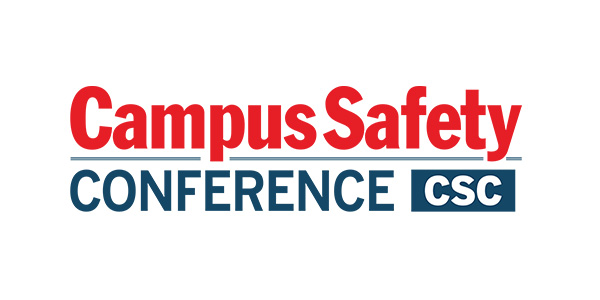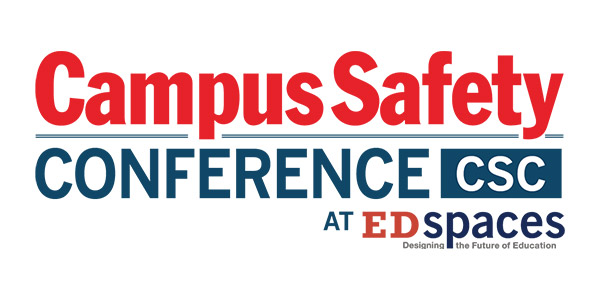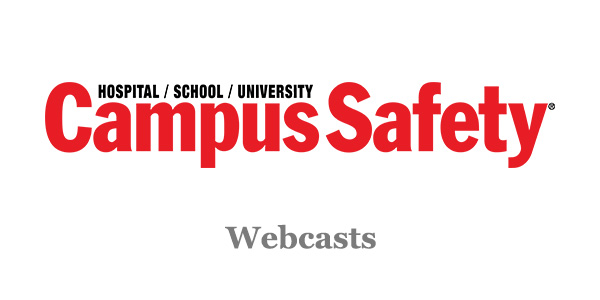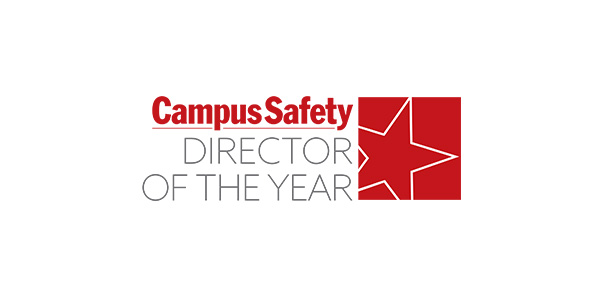As emergencies occur in schools nationwide, leaders within the school safety community share news and information to educate and inform their respective schools and communities. Sharing relevant and timely information is integral to making schools safer. School safety has been and should always be procedurally fluid to allow for expeditious adaptation to best practices as evidence directs us toward more effective mitigation methods.
The rise of social media in the last 20+ years has provided many platforms for reporting and sharing school safety information. School safety professionals have the opportunity to reach vast audiences, and with that comes a responsibility to keep their schools adequately informed. As we have seen from many past events, the amount of inaccurate and sometimes completely false information (misinformation) shared on platforms is difficult, if not impossible, to filter (Flores-Saviaga & Savage, 2020).
Our dependence on the traditional “breaking news” reports from Walter Cronkite and Dan Rather is non-existent as the cycle is never ending. The impactful alerts no longer arise from newsrooms but rather from Facebook posts, tweets, or live streams from random individuals. Many cases of misinformation are done unintentionally but rather due to the reader’s attraction to the novelty of the information. During critical incidents, people are quick to share a story merely after reading a headline, only to learn afterward that it was misleading. Research has demonstrated that many users share news not for the quality of its content but rather as a form of social integration into virtual communities (Lee & Ma, 2012; Swart et al., 2019).
4 Ways Misinformation Impacts School Emergencies
Misinformation during school emergencies can have several negative impacts, including:
- Delayed reactions: False information regarding the nature or seriousness of an emergency may cause school personnel, students, and parents to react slowly or inappropriately. If proper information is not rapidly transmitted, it may be difficult to implement the required safety procedures, which may endanger lives.
- Panic and confusion: Disinformation can spread quickly, sending parents, teachers, and kids into a frenzy. False information and rumors can increase anxiety levels, making it challenging for people to make logical judgments and follow basic emergency procedures. Chaos could result, which would reduce emergency response activities’ overall efficacy.
- Resource diversion: Disinformation can cause emergency services, law enforcement, and school personnel to divert crucial resources to deal with fictitious or nonexistent incidents. Responding to bogus complaints strains scarce resources and keeps them from being used for genuine crises. This distraction may cause response times to lag and jeopardize everyone’s safety.
- Spread of misinformation: Disinformation can be perpetuated through social media platforms, messaging apps, or word of mouth, creating a chain reaction of misinformation. This can lead to a distorted narrative surrounding the emergency, making distinguishing accurate information from false or exaggerated claims difficult. The spread of misinformation can undermine public trust in official channels and hinder effective communication during crises.
RELATED: New Resource Aims to Help K-12 Schools Navigate 2024 Election Misinformation
School safety professionals are a valuable nexus between critical incidents and schools. Unfortunately, sharing inaccurate news impacts not only the perception of the author but also the source that shared the story. To retain relationships and ensure that you are a trusted and reliable source for sharing information with stakeholders, try incorporating the following steps:
- Patience: When news of a critical incident reaches you, pause. The urgency to share can cause the distribution of disinformation.
- Research: Immediately seek out credible sources that are geographically close to the incident and follow them for updates. If the incident occurs in a small town, for example, search the local online newspapers, radio, and television sources. Find the local media outlet’s social media pages and review their recent posts.
- Draft: Begin crafting your message. It is always early enough to begin drafting communication. Having rough drafts of a myriad of incidents allows you to edit fluidly as you attain specifics of the incident.
- Compile: Author a “short list” of key takeaways from each incident. Having limited time, school personnel will appreciate the vetting and compartmentalizing of information.
- Timely: Choose a time that viewership will be at its peak. If the incident is ongoing, many are perusing headlines and not reading something in its entirety.
Perception is one of the most powerful measures of communication effectiveness—especially during emergencies. Unfortunately, even well-intentioned communication can lead to unintended consequences when the terminology used creates confusion or unnecessary alarm.
Partnering with Joint Information Center to Combat Misinformation
A commonly underutilized yet powerful resource during a crisis is FEMA’s Joint Information Center (JIC). The JIC serves as a central hub for coordinated communication among responding agencies and public information officers (PIOs). The JIC helps support accuracy, timeliness, and consistent messaging across numerous stakeholder platforms during emergencies.
Establishing a strong relationship with the JIC before a crisis occurs will significantly improve the quality and credibility of school safety communication. When school officials are connected to this network, they gain early access to verified information and can contribute school-specific context supporting effective public messaging. This collaboration helps avoid the confusion that results from conflicting updates and terminology.
Critically, the JIC model emphasizes the importance of speaking with “one voice.” During an event, if a school issues a statement that differs from law enforcement or emergency management, it creates potential for unnecessary uncertainty or panic. Aligning with the JIC ensures consistency in language, tone, and facts—an essential safeguard in protecting not only the physical safety of students and staff but also the trust of the wider community.
RELATED: FEMA Reactivates Online Rumor Response Page to Combat Los Angeles Fire Misinformation
School safety professionals, fostering relationships with local, county, or state-level emergency management offices that oversee the JIC is a proactive step. Invite them to tabletop exercises, include them in communication drills, and ensure your public information officers establish a network and know who to call when incidents occur. These partnerships are not just administrative, they’re strategic and proactive assets that can reduce chaos, increase public confidence, and save lives.
In crisis situations, specific words matter. The terms used can shape public perception and, in turn, impact how students, staff, families, and the community respond. This is why emergency response language must be clearly defined, consistently used, and broadly understood—not just within school buildings but also by parents, media outlets, and the wider community.
A good example is the term “Secure” from the Standard Response Protocol (SRP). I’ve seen countless instances where this term is misreported on social media or by news outlets as a “lockdown.” While “Secure” simply means that a school is operating as normal indoors but has restricted outside activity as a precaution, the word “lockdown” carries a much more serious implication—often leading to panic among families and confusion about the nature of the threat.
This is why standardizing emergency terminology and providing outreach beyond the school walls is vital. As the Executive Director of Delaware’s Comprehensive School Safety Program, I encourage school safety stakeholders to regularly review their communication plans and terminology with ongoing efforts to promote expectations.
When words create clarity, not confusion, schools are safer, and communities are better prepared to respond calmly and effectively.
Joey Melvin is Executive Director of the Delaware School Safety Center and former Region 3 director for the National Association of School Resource Officers. He has spent more than 20 years in law enforcement and was formerly the deputy director of Delaware’s Comprehensive School Safety Plan.
NOTE: The views expressed by guest bloggers and contributors are those of the authors and do not necessarily represent the views of, and should not be attributed to, Campus Safety.







